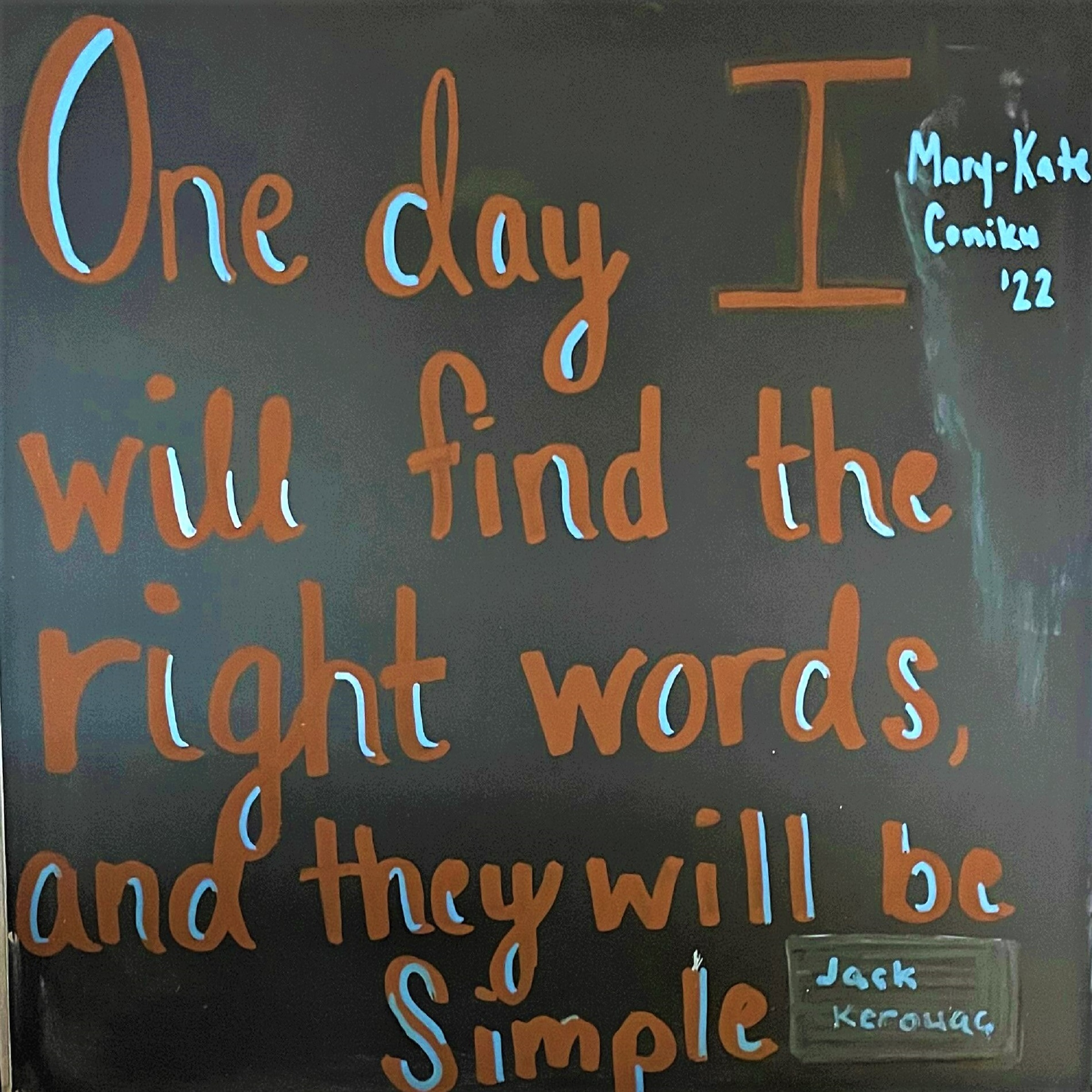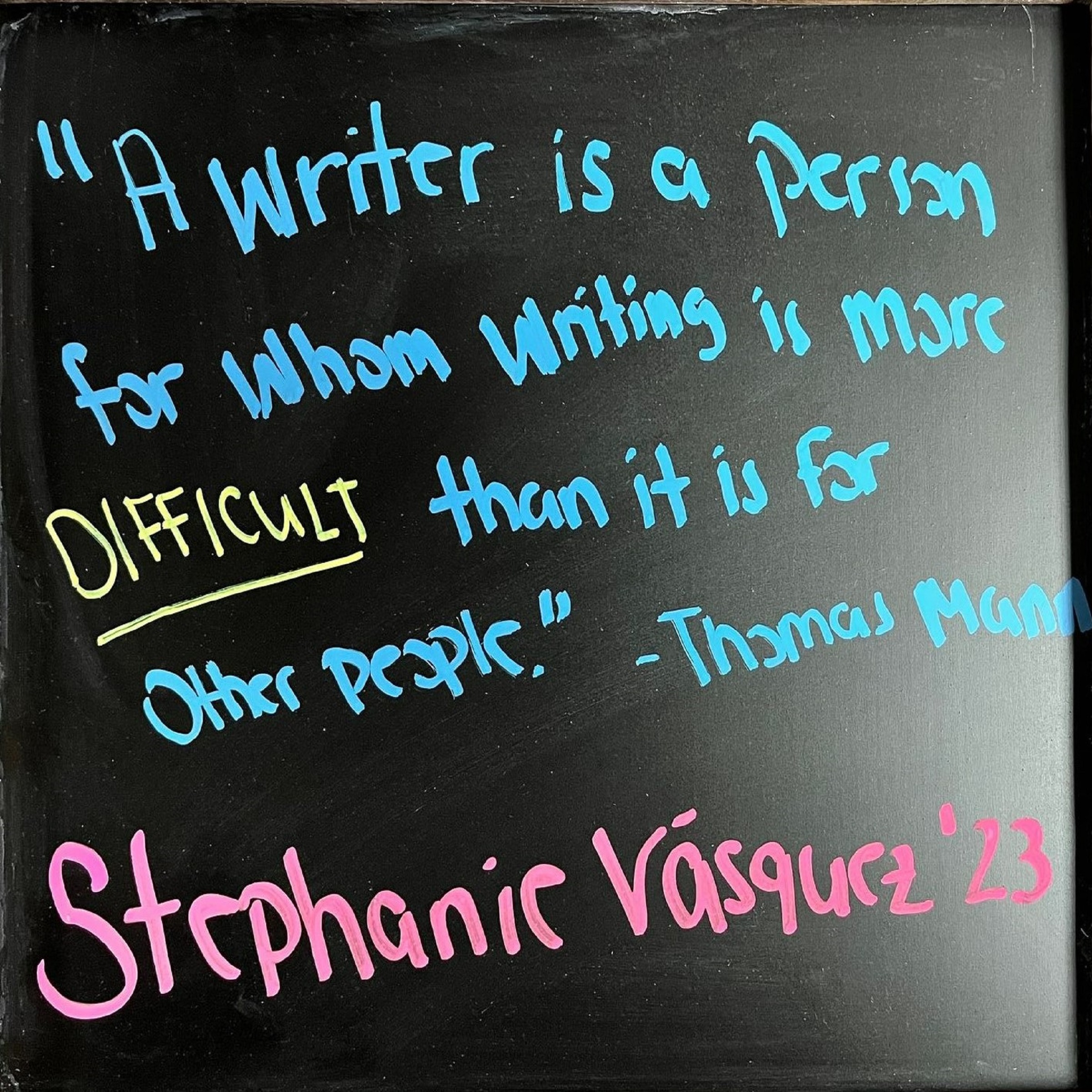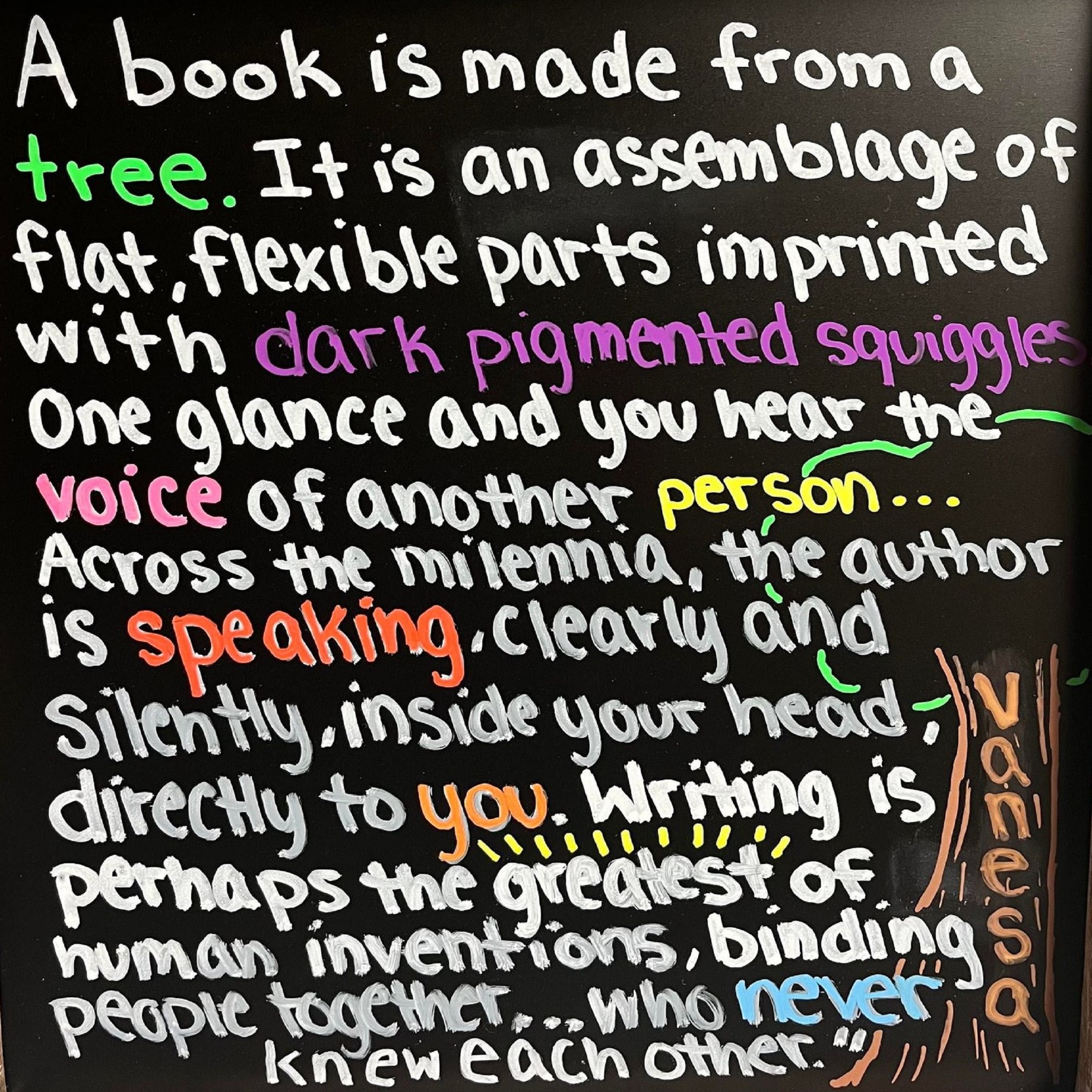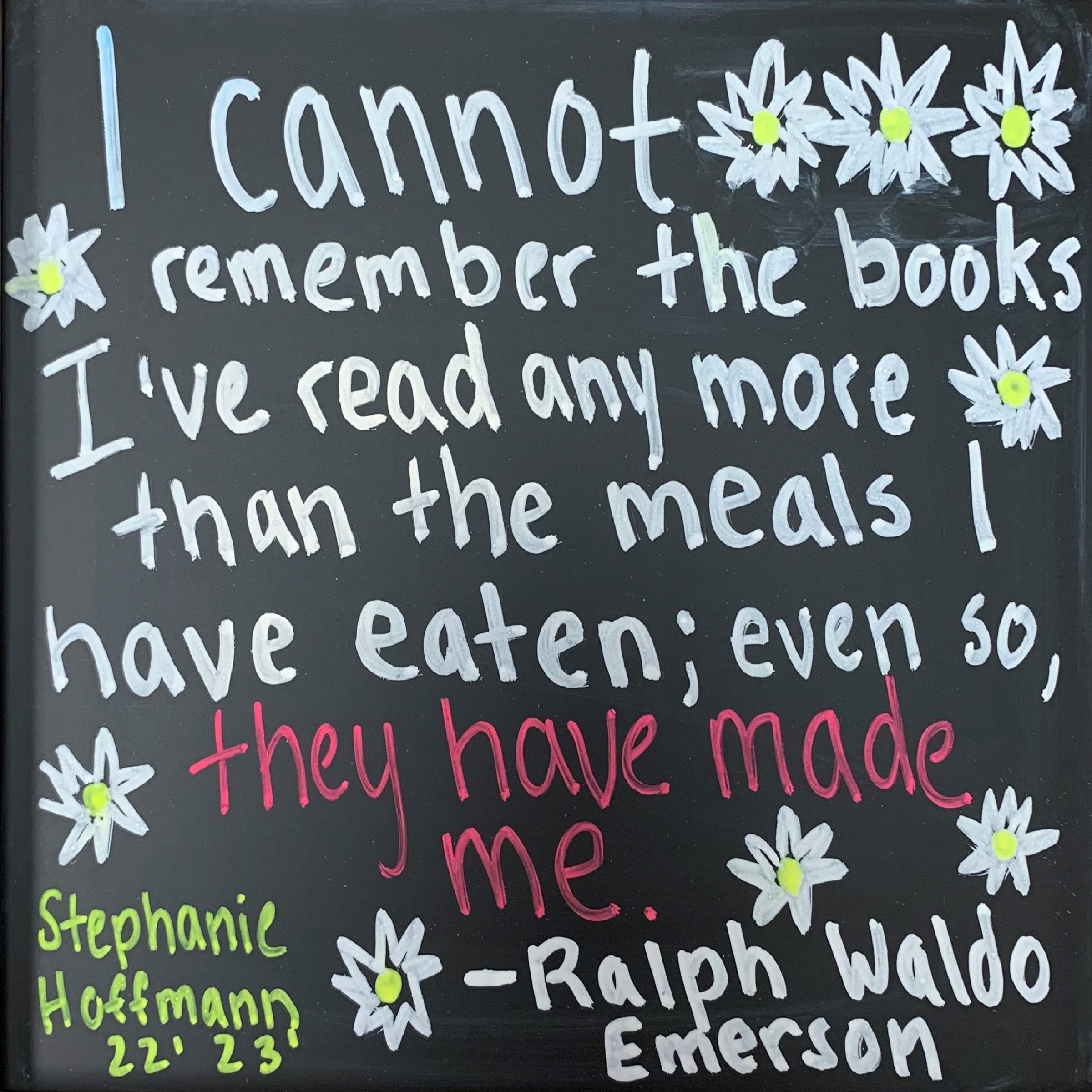Objective vs. Subjective Pronouns: Rules and Common Mistakes
Pronouns are essential in our language, allowing us to avoid unnecessary repetition and make our writing and speech more fluid. However, understanding the difference between objective and subjective pronouns can be tricky for many writers. Let’s break down the rules for both and highlight some common errors to help clarify when and how to use them correctly.
You are likely familiar with the chart below that lists the personal pronouns by case.
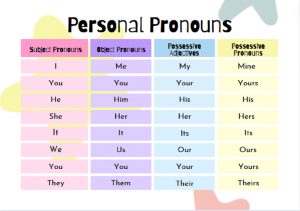
Key Rules for Using Subjective and Objective Pronouns
-
Subjective Pronouns as the Subject of the Sentence Subjective pronouns always come before the verb in a sentence, as they are the ones performing the action.
- Correct: I went to the store.
- Incorrect: Me went to the store. (Here, “me” is incorrectly used as the subject.)
-
Objective Pronouns as the Object of the Sentence Objective pronouns always come after the verb or a preposition. They receive the action of the verb.
- Correct: She called me.
- Incorrect: She called I. (“I” is a subjective pronoun, so it doesn’t work here as the object.)
-
Pronouns After Prepositions When a pronoun follows a preposition, it should always be in the objective case.
- Correct: He is sitting next to her.
- Incorrect: He is sitting next to she.
Frequent Errors with Subjective and Objective Pronouns
Now that we know the basic rules, let’s explore some common mistakes people make when using subjective and objective pronouns.
1. Using the Subjective Pronoun After “Than” or “As”
One of the most frequent errors is confusing subjective and objective pronouns in comparisons with “than” or “as.” For example:
- Incorrect: She is taller than I.
- Correct: She is taller than me.
In this case, “me” is the object of the implied comparison (e.g., “She is taller than I am”), so it should be in the objective case.
2. Using “I” When It Should Be “Me”
This is a particularly common error in compound sentences, especially when pronouns are combined with other people’s names or pronouns. For instance:
- Incorrect: My sister and I went to the park.
- Correct: My sister and me went to the park. (The verb “went” is not done by both “my sister and I” as a compound subject, but rather “my sister and me” as the object of the preposition “to.”)
3. Confusing “Who” and “Whom”
The words “who” and “whom” are often confused because they both relate to people, but they serve different roles. “Who” is subjective (used as the subject of a sentence), while “whom” is objective (used as the object).
- Incorrect: Who did you see at the party?
- Correct: Whom did you see at the party?
However, in modern, casual English, “who” is often used in place of “whom” (especially in speech). Still, it’s best to use “whom” in formal writing when it’s acting as the object.
4. Misusing “They” as Singular
While “they” has become widely accepted as a gender-neutral, singular pronoun, in traditional grammar, it was strictly plural. Still, using “they” as a singular pronoun, though a relatively recent shift, is grammatically correct when referring to a person whose gender is unspecified or when respecting their gender identity.
- Correct: If anyone calls, tell them I’m not here.
- Incorrect: If anyone calls, tell him or her I’m not here.
Conclusion
The rules surrounding subjective and objective pronouns are straightforward once you know their roles in a sentence. Remember: subjective pronouns (I, you, he, she, we, they) perform the action of the verb, while objective pronouns (me, you, him, her, us, them) receive the action or follow a preposition. Avoid common mistakes by paying close attention to how pronouns function within sentences and ensuring that they agree with the sentence’s structure. Keep these rules in mind, and your pronoun usage will improve dramatically!
——————————————————————————————————————–
Other Pronoun Rules:
However, some of those, particularly she/her and he/his, are traditionally associated as being either masculine or feminine. For that reason, gender neutral pronouns have been widely adapted. Here are some examples:
Gender Neutral Pronouns
| SHE |
HER |
HER |
HERS |
HERSELF |
| HE |
HIM |
HIS |
HIS |
HIMSELF |
| zie |
zim |
zir |
zis |
zieself |
| sie |
sie |
hir |
hirs |
hirself |
| ey |
em |
eir |
eirs |
eirself |
| ve |
ver |
vis |
vers |
verself |
| tey |
ter |
tem |
ters |
terself |
| e |
em |
eir |
eirs |
emself |
Find a brief overview of the grammatical rules associated with gender inclusive pronouns with a more extensive list with context please explore the resource here.
The best way to integrate inclusive pronouns into your speech and writing is to practice the rules of usage. This a platform that will allow you to review the rules quickly before allowing you to test your knowledge here.





